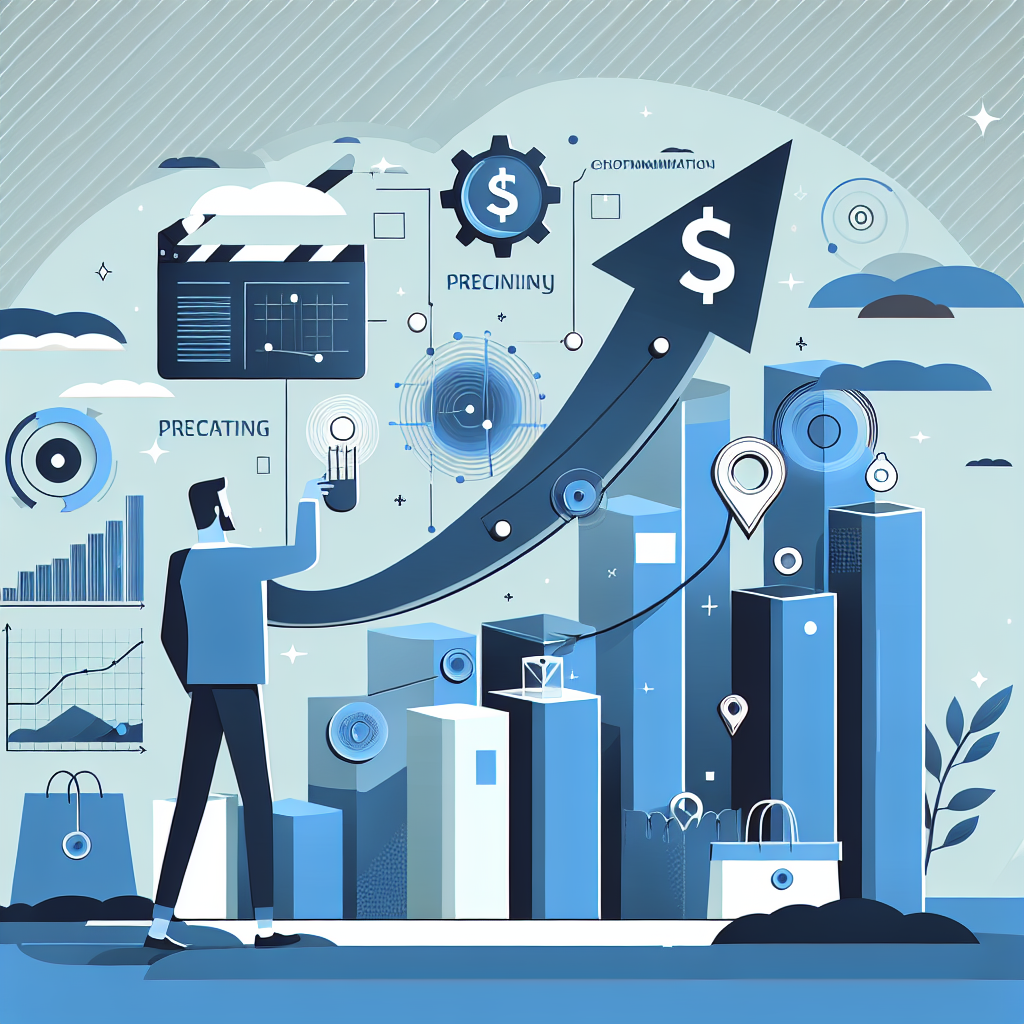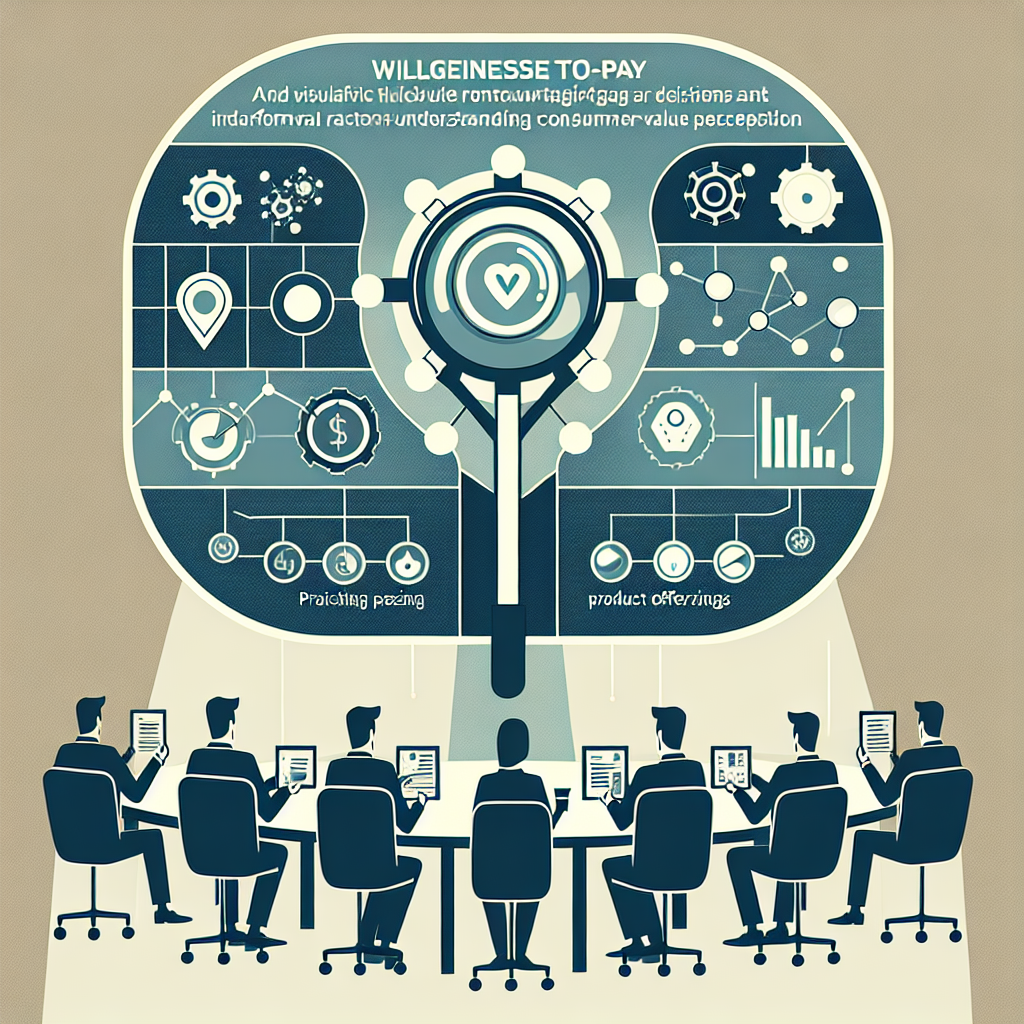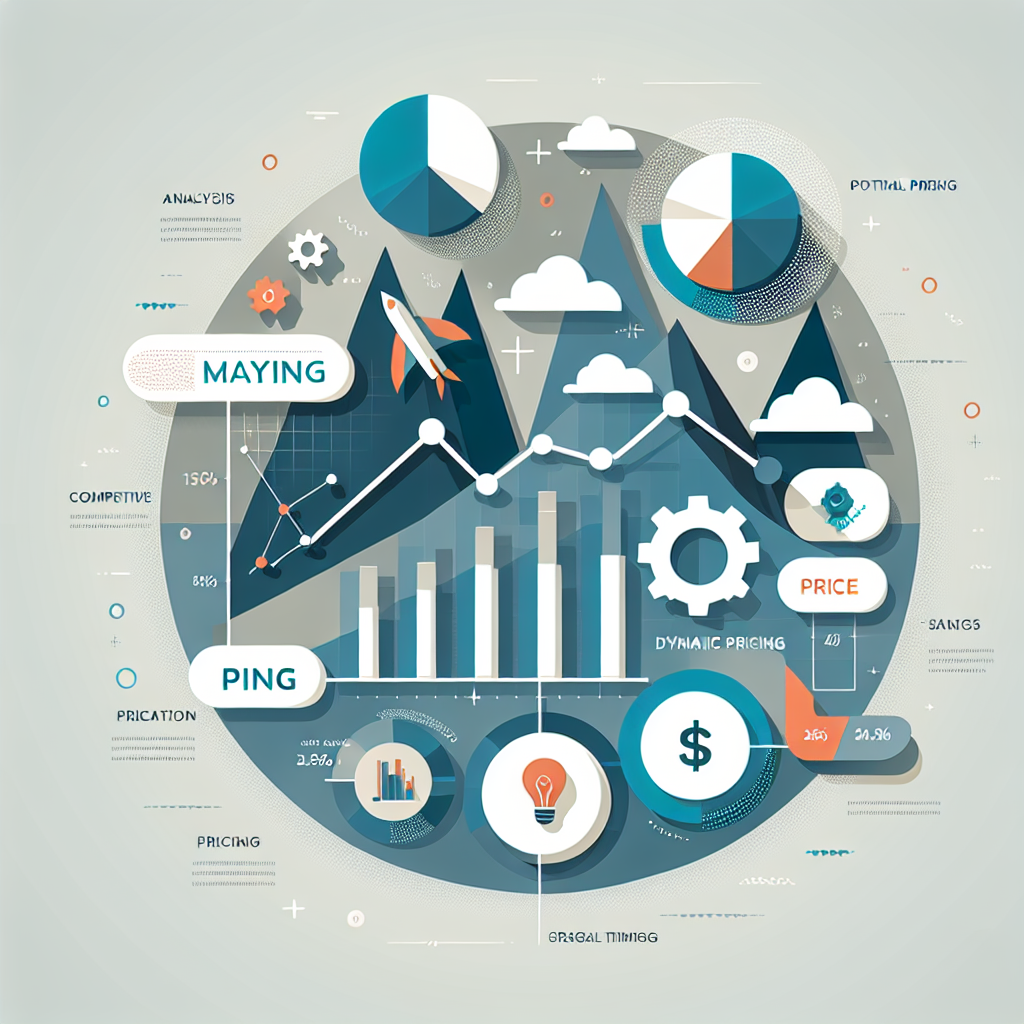A/B Testing: Optimizing Marketing Campaigns
1. Introduction: The Evolution of Data-Driven Decision Making in Marketing
In today's hyper-competitive digital landscape, intuition-based marketing decisions have given way to empirical, evidence-driven strategies. At the forefront of this transformation stands A/B testing—a methodical approach to optimizing marketing campaigns through controlled experimentation. By systematically comparing two or more variants of a marketing element, organizations can determine which version drives superior performance across key metrics like conversion rates, engagement, and ROI.
The digital transformation has elevated A/B testing from a periodic exercise to an ongoing, integral component of marketing operations. According to a study by Conversion XL, companies that implement regular A/B testing see an average 223% ROI on their testing programs. As marketing professor Scott Brinker notes, "In a world of infinite possibilities but finite resources, A/B testing provides the empirical compass to navigate marketing decisions." This article explores the strategic implementation of A/B testing, its applications across marketing channels, methodological best practices, and how emerging technologies are reshaping experimental marketing in the AI era.
2. The Science of A/B Testing: Methodology and Statistical Foundations
A/B testing operates on sound statistical principles that transform subjective marketing decisions into objective, data-backed strategies:
a) Hypothesis Development: The Foundation of Effective Testing
Every meaningful A/B test begins with a clear hypothesis based on:
- Customer behavior analysis and friction points in the conversion funnel
- User feedback and qualitative insights
- Competitive analysis and industry benchmarks
- Previous test results and iterative learning
b) Test Design and Implementation
The testing architecture incorporates several critical elements:
- Random audience segmentation to ensure statistical validity
- Sample size calculation to achieve statistical significance
- Control variables to isolate the impact of the tested element
- Multivariate testing when examining multiple variables simultaneously
c) Data Collection and Analysis
Modern A/B testing platforms offer sophisticated analytical capabilities:
- Real-time data collection and performance monitoring
- Bayesian vs. frequentist statistical approaches
- Segmentation analysis to identify performance variations across user cohorts
- Confidence intervals and p-values to validate results
According to research by Harvard Business School professor Stefan Thomke, organizations that adopt rigorous A/B testing methodologies achieve 5-25% improvements in conversion rates compared to those relying on intuition-based decision-making.
3. Strategic Applications Across Marketing Channels
A/B testing has evolved beyond basic website optimization to encompass the entire marketing ecosystem:
a) Email Marketing Optimization
Email remains a high-ROI channel where incremental improvements drive significant value:
- Subject line testing can increase open rates by 10-15% (Campaign Monitor)
- Call-to-action variations can lift click-through rates by 25-45% (Mailchimp)
Example: Booking.com runs over 25,000 email tests annually, resulting in personalized messaging that has improved conversion rates by 30% and contributed to their market leadership position.
b) Landing Page and Website Conversion Optimization
The digital storefront represents a critical conversion point:
- Headline and value proposition testing
- Form field optimization and friction reduction
- Social proof placement and visual hierarchy testing
Example: Shopify implemented systematic A/B testing across their trial signup flow, resulting in a 20% increase in merchant acquisition—translating to millions in additional annual revenue.
c) Paid Media and Ad Creative Optimization
With rising acquisition costs, optimizing ad performance is essential:
- Ad copy and creative element testing
- Audience targeting and segmentation experiments
- Bid strategy and budget allocation optimization
Example: Dollar Shave Club attributes their rapid growth to rigorous A/B testing of video ad creative, identifying messaging that resonated with their target demographic and reducing customer acquisition costs by 23%.
4. Implementation Challenges and Best Practices
Despite its potential, effective A/B testing faces several implementation hurdles:
a) Organizational and Cultural Barriers
- Moving from intuition to evidence-based decision making requires cultural transformation
- Testing programs often face resource constraints and organizational resistance
- Cross-functional alignment between marketing, analytics, and technology teams is essential
b) Methodological Pitfalls
- Sampling bias and premature test conclusion
- Multiple testing problems leading to false positives
- Ignoring external validity when generalizing results
c) Best Practices for Sustainable Testing Programs
- Implementing a test-and-learn culture with executive sponsorship
- Prioritizing tests based on potential impact and implementation effort
- Documenting and democratizing learnings across the organization
- Maintaining a balanced portfolio of incremental and disruptive tests
According to McKinsey, companies with mature testing programs achieve 3-8x higher ROI on their marketing initiatives compared to less sophisticated competitors.
5. The Future of A/B Testing: AI-Driven Experimentation
The next frontier of A/B testing is being shaped by artificial intelligence and machine learning:
a) Automated Experimentation
- AI-powered testing platforms that autonomously generate hypotheses
- Continuous multivariate testing with dynamic traffic allocation
- Reinforcement learning algorithms that optimize in real-time
b) Predictive Analytics and Simulation
- Predictive models that forecast test outcomes before full implementation
- Digital twins and simulation environments for risk-free experimentation
- Automated personalization based on individual user behavior models
Example: Spotify's recommendation system conducts thousands of simultaneous experiments using multi-armed bandit algorithms, continuously optimizing user engagement without waiting for traditional A/B test completion.
6. Conclusion: From Testing to Transformation
A/B testing has evolved from a tactical website optimization technique to a strategic capability that drives competitive advantage. Organizations that embed systematic experimentation into their marketing DNA gain:
- Data-driven decision-making capabilities that reduce marketing waste
- Deeper customer insights that inform broader marketing strategy
- Continuous improvement cycles that compound over time
- An empirical foundation for marketing innovation
However, the true power of A/B testing lies not in isolated experiments but in building a comprehensive experimentation ecosystem where testing becomes the default approach to marketing decisions. As marketing technologist Avinash Kaushik states, "The goal is not to be good at testing; the goal is to be good at learning through testing."
Call to Action
For marketing leaders looking to elevate their A/B testing capabilities:
- Audit your current testing maturity and develop a roadmap for advancement
- Invest in both technology infrastructure and team capabilities
- Establish clear KPIs and governance for your testing program
- Create cross-functional testing teams that bridge marketing creativity with analytical rigor
The organizations that master the science of experimentation will not merely optimize campaigns—they will transform marketing from an expense into a precision instrument for sustainable growth.
Featured Blogs
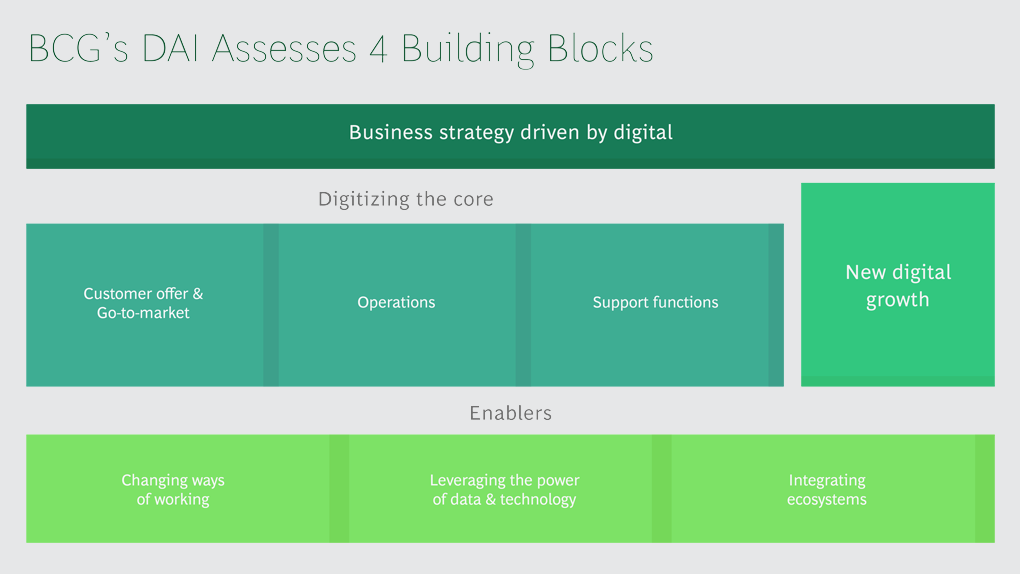
BCG Digital Acceleration Index

Bain’s Elements of Value Framework

McKinsey Growth Pyramid
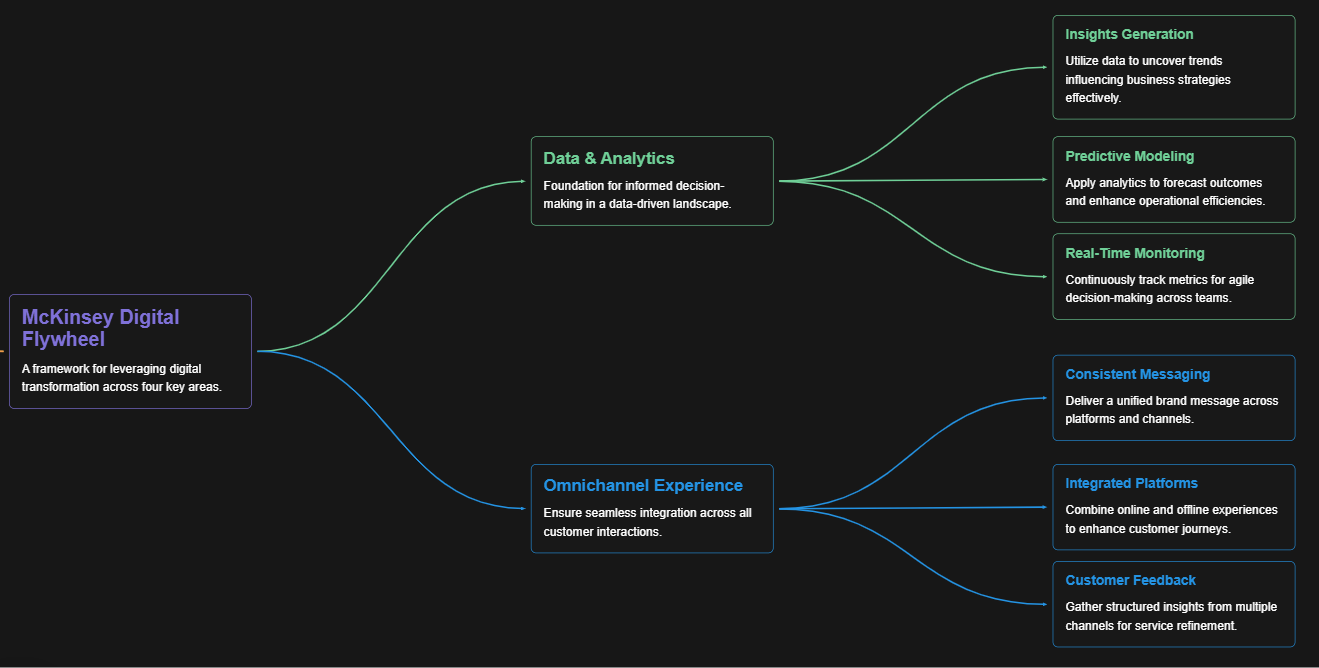
McKinsey Digital Flywheel
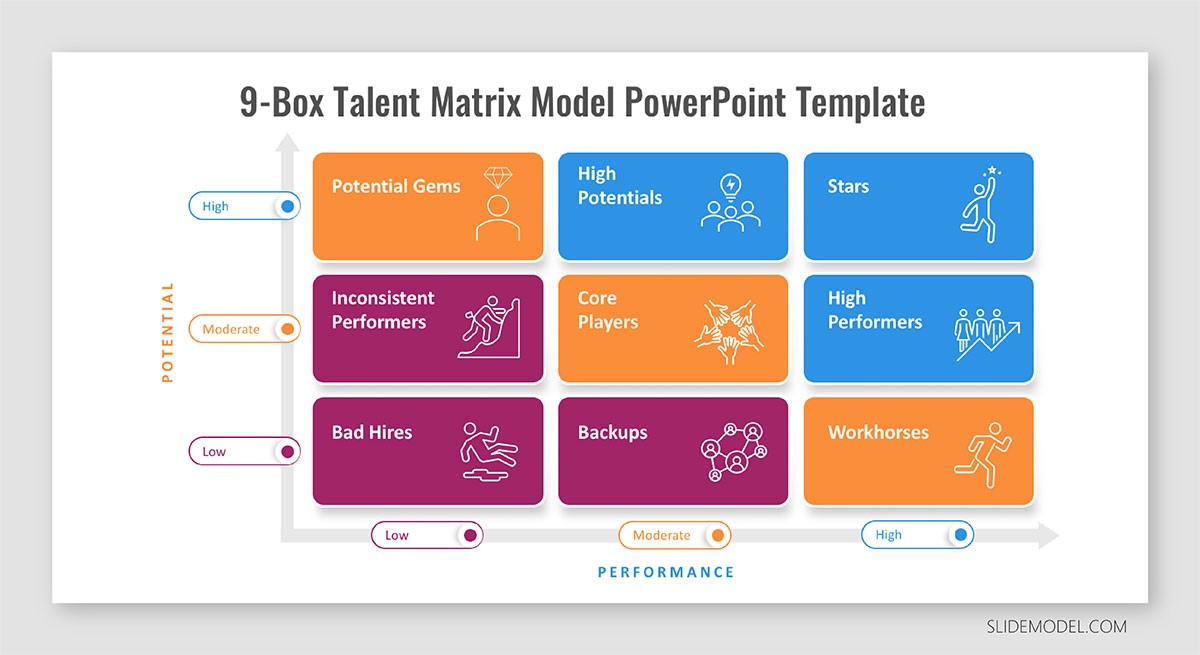
McKinsey 9-Box Talent Matrix
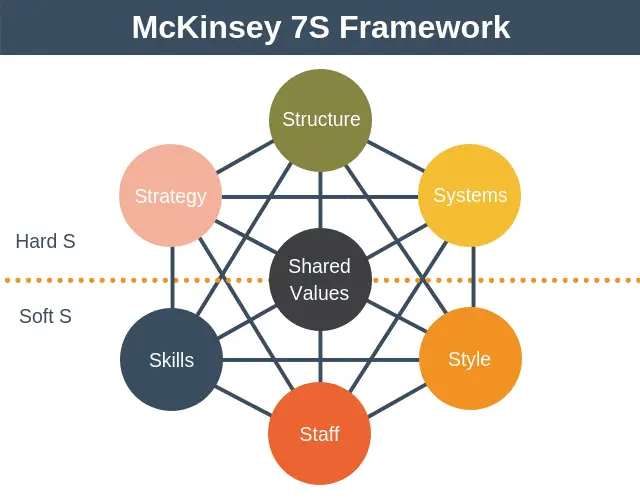
McKinsey 7S Framework
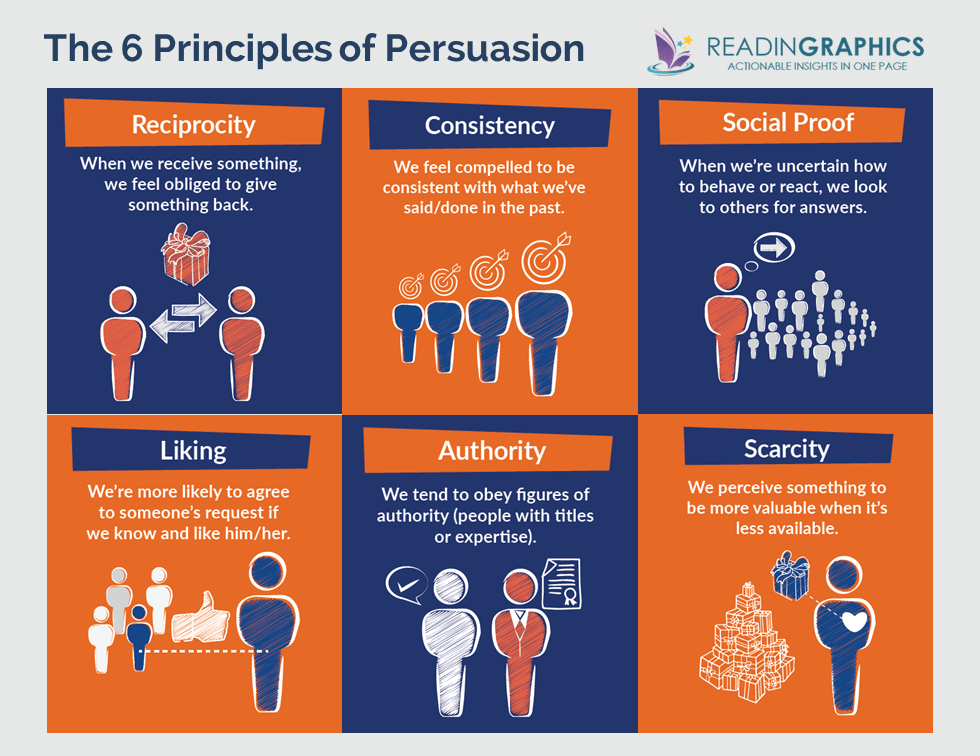
The Psychology of Persuasion in Marketing

The Influence of Colors on Branding and Marketing Psychology




